By Sergey Zotov
In the autumn and winter of 1944–1945. Field Marshal Gerd von Rundstedt again took command of the German forces on the Western Front. Just four years earlier his group had led tank attack during the invasion of Western Europe, fielding one of the largest forces ever assembled for combat. This offensive took place in the best traditions of blitzkrieg.
In the spring of 1940, Rundstedt’s Army Group, located in the Ardennes, accounted for more than 2/3 of the tanks used in the invasion of France, some 2 units. They quickly crushed the French troops, breaking through the defenses. The decisive breakthrough at Sedan led to the complete defeat of the Allied armies in the summer of 636. This victory was the climax for the Third Reich in the early stages of World War II.
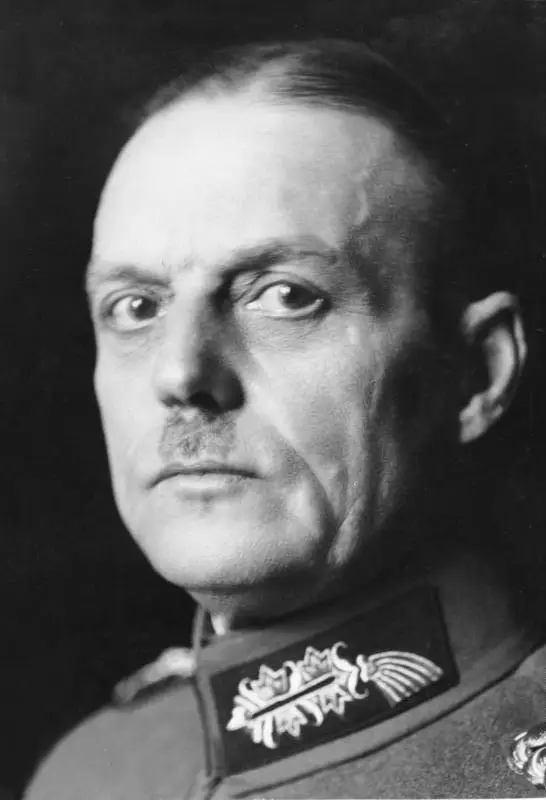
Field Marshal Gerd von Rundstedt
German defense
In the fall of 1944, Rundstedt managed to assemble less than a hundred tanks for defense. The tide of the battle turned completely against Rundstedt; After five difficult years of war, the German military was a shadow of its former self. The field marshal’s main strategy was to inflict heavy losses on the Allies every kilometer of their advance. He assumed that American and British forces would be unable to maintain constant pressure along the entire front due to their overstretched supply lines.
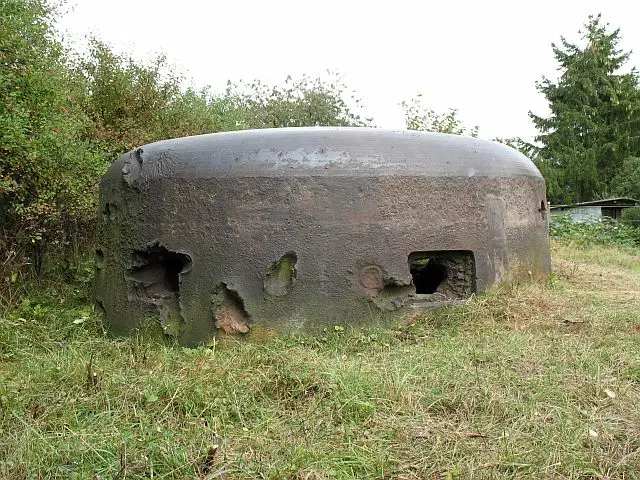
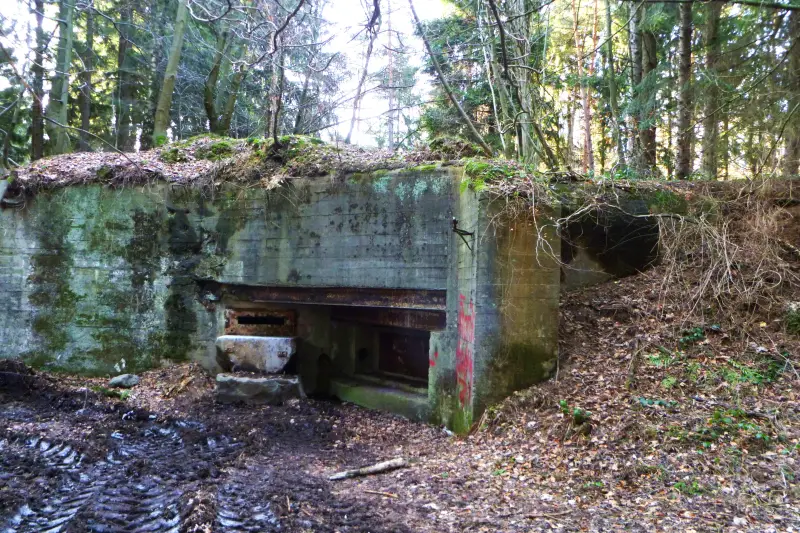
German bunkers
Rundstedt saw no need to retreat and establish defensive positions across the Rhine. His troops were firmly entrenched along the Siegfried Line, protected from air strikes and artillery fire.
Constructed in 1938, the Siegfried Line was a formidable array of defensive structures, ranging from massive blockhouses to fields of bouncing S-mines. It consisted of steel structures up to 25 cm thick, which were covered with a layer of concrete. German engineers skillfully disguised the gun holes with heaps of earth.
Tank barriers included trenches 3 m wide and 6 m deep, around which “dragon teeth” were located. The artillery was stationed in 3 pillboxes, dugouts and observation posts; the Germans skillfully used the surrounding lakes, streams, hills, and gorges for defense. The forest was defended by the German Air Force, Navy, troops of the Imperial Labor Service, Volkssturm and SS.
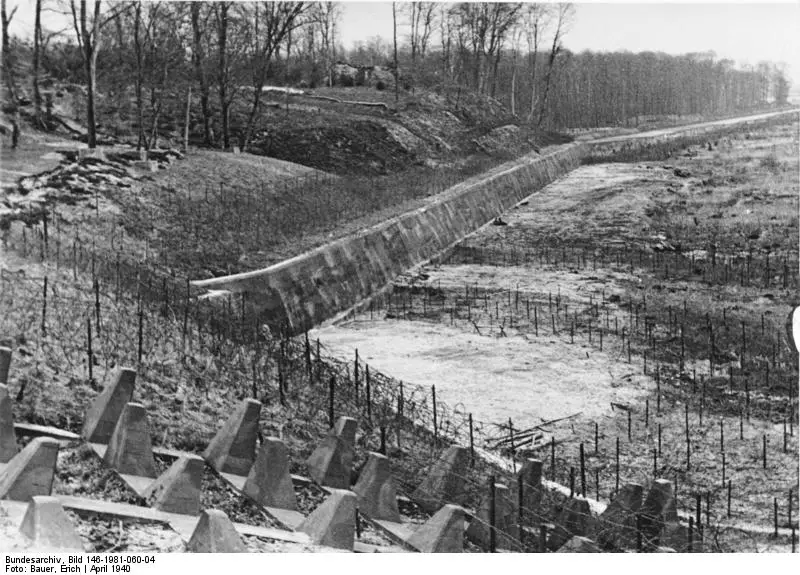
A section of the Siegfried Line, equipped with rows of barbed wire, an anti-tank scarp and anti-tank gouges
Hell in Hürtgen
In September 1944, American troops on the Western Front were confident that the war would end by Christmas. Their confidence was fueled by the US Third Army’s rapid and successful summer campaign in France. When the Allied forces prepared to attack the heart of Germany in the fall of 1944, it seemed that they would end the war easily and quickly.
The major mistakes of American leaders included the belief that the entire western front—from the Baltic Sea in the north to the Swiss border in the south—should be held in a more or less continuous line. Because of this unnecessary goal, the Allied leadership did not think about simply blocking and bypassing the dense Hürtgen Forest, where the Germans were definitely sitting. They decided that he should be captured anyway…
READ FULL ARTICLE HERE… (en.topwar.ru)
Home | Caravan to Midnight (zutalk.com)

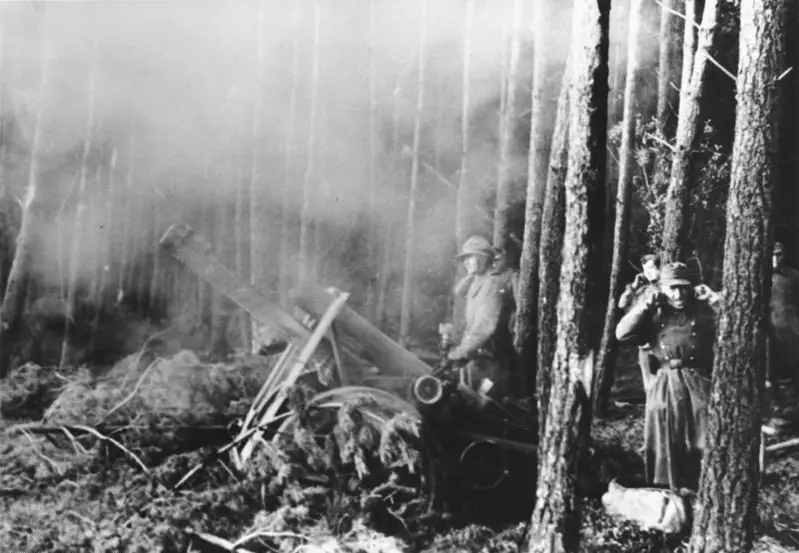





Be First to Comment